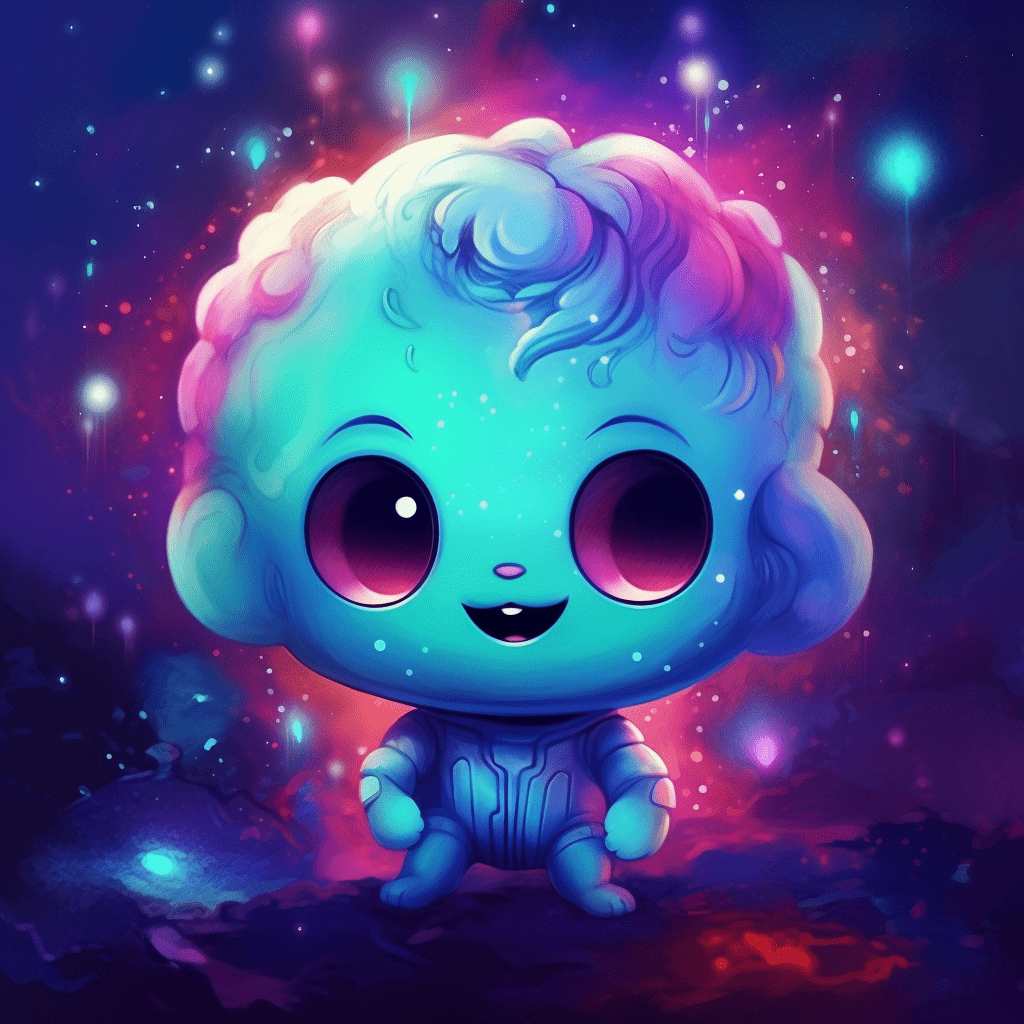Creating an NFT collection is an exciting venture that carries not only artistic merit but also financial benefits. The surge of interest in the NFT marketplace has allowed artists, creators, and collectors to explore a new avenue for revenue generation. However, understanding how to balance costs and revenue is crucial to ensure the financial success of your NFT collection. In this article, we will dive into the intricacies of the cost of creating an NFT collection and how to manage these expenses while maximizing your potential earnings.

Understanding the Cost of Creating an NFT Collection
Understanding “how much does it cost to create an NFT collection” involves more than just tallying the cost of minting tokens. Several elements come together to constitute the overall cost, and these can be broadly categorized into the direct and indirect costs.
Direct Costs: Minting and Gas Fees
The process of turning your digital art or assets into NFTs is known as minting. This process involves the Ethereum blockchain (or any other selected blockchain), which requires the payment of a transaction fee, commonly referred to as a “gas fee”. Gas fees fluctuate based on network congestion and can vary from a few dollars to a few hundred dollars. It’s essential to consider these fees when planning your NFT collection.
Indirect Costs: Creation and Marketing
Indirect costs are those associated with creating and promoting your NFT collection. This includes the time and resources spent on creating the digital assets themselves and any marketing or promotional costs. Building a compelling website or landing page, engaging influencers for promotion, or running paid ads are all part of this. While these costs can be more difficult to quantify, they’re just as essential to factor into your budget.
Maximizing Revenue from Your NFT Collection
Creating an NFT collection carries potential for substantial financial benefits, given the current interest in the space. However, these benefits are not guaranteed and depend largely on the perceived value of your collection, the engagement of your audience, and your promotional efforts.
Perceived Value of Your Collection
The value of an NFT collection is largely subjective and is tied to the perceived value by potential buyers. This perception can be influenced by several factors, such as the reputation of the creator, the quality and originality of the artwork, the rarity of the NFTs, and the potential for future value appreciation.
Audience Engagement
The engagement of your audience can significantly impact the financial success of your NFT collection. This involves building a strong relationship with your potential buyers, keeping them informed about your collection, and making them feel part of your creative process. It can also involve rewarding loyal followers with special access or benefits, further driving the desirability of your NFTs.
Effective Promotion

Effective promotion can greatly enhance the visibility of your NFT collection, increasing the potential pool of buyers. Leveraging social media platforms, connecting with influencers in your niche, and engaging in community discussions can all serve to raise awareness about your collection. Additionally, press releases or collaborations with popular platforms can also help reach a larger audience.
Balancing the costs and revenues when creating an NFT collection can be a delicate task. However, with a clear understanding of the associated expenses and strategies to maximize potential revenue, creators can ensure the financial viability of their collections.
Strategizing Your Approach to Profitability
By understanding the costs of creating an NFT collection, creators can strategically plan their approach to ensure their collection not only captivates the audience but also drives significant revenue. It’s all about balancing the two sides of the coin – controlling the expenses on one side and boosting the potential income on the other.
Secondary Market Earnings: The Power of Royalties
Another revenue source in the NFT world is royalties from secondary market sales. Many NFT marketplaces allow creators to earn a percentage every time their NFT is sold to a new owner. This means that a single NFT could potentially generate earnings for a creator long after it’s initially sold. Considering this, creators should seek to create NFTs that not only entice the first buyer but also have the potential for future sales.
Choosing the Right Marketplace

Choosing the right NFT marketplace can also have a significant impact on your overall costs and revenue. Different platforms have varying fee structures for minting, listing, and selling NFTs. Additionally, some platforms attract more traffic and cater to specific niches, which could impact the visibility and demand for your collection. Hence, considering which platform aligns best with your target audience and cost efficiency can prove beneficial for your collection’s financial success.
In Conclusion…
Understanding how much it costs to create an NFT collection is the first step to ensuring the financial success of your venture. It involves an intricate balance of managing direct and indirect costs while maximizing the potential for revenue through effective promotion, audience engagement, and strategic decisions like selecting the right marketplace.
While the allure of NFTs and the potential for substantial income can be exciting, it’s important to approach this venture with a clear understanding of the financial implications. Armed with this knowledge, creators can make informed decisions, optimize their spending, and foster a thriving NFT collection that captivates the audience and promises strong returns.
